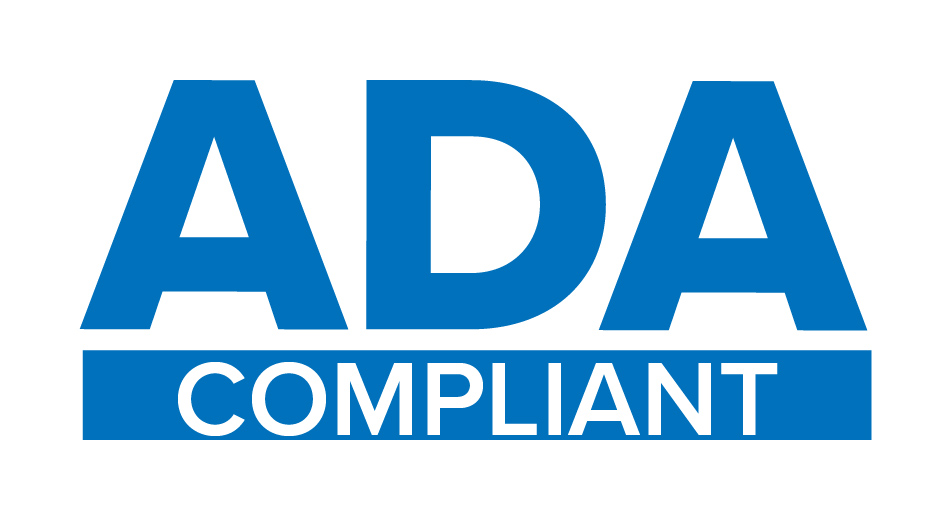In Eufaula and Checotah, fall usually means football talk and cooler evenings by the lake. But this year, heads have tilted skyward toward 3I/ATLAS — the mysterious comet racing through our solar system like it missed an exit somewhere past Mars.
NASA calls 3I/ATLAS a once-in-a-lifetime traveler from another star system, just passing through before heading back into deep space. But around town, that explanation doesn’t quite cut it. Depending on who’s talking, it’s a government experiment gone rogue, an alien probe checking in, or the legendary “Red Star” coming to cleanse the Earth.
Facts, or something like them
NASA reports that 3I/ATLAS is about the size of downtown Eufaula, moving against the flow of the planets — basically driving the wrong way down the solar highway. For months, it refused to grow a tail, baffling astronomers. Then suddenly, it grew one — but in reverse, pointing toward the Sun. Scientists call it an “anti-tail.” Folks here call it “attitude.”
And the chemistry? Stranger still. 3I/ATLAS is venting nickel gas without its usual companion, iron — something never before seen. One infamous Harvard physicist noted that this same compound is made in factories on Earth. You can imagine what that did to small-town imaginations.
Porch debates and prophecies
Around Eufaula, facts behave a lot like spices — everyone uses some, but nobody agrees on how much. Porch talk and diner chatter bounce between science and speculation. One theory says the comet’s gases could disturb Earth’s magnetic field. Another insists it’s already messing with our moods. Someone else swears the orbit spells out secret coordinates — but only if you look upside down.
Ancient stories add more flavor. The Hopi spoke of a Red Star Kachina that would appear in the sky to cleanse the world. The Creek and Cherokee warned that when balance is lost, the sky sends signs to restore it. So when 3I/ATLAS appeared glowing red, traveling backward, and breathing metallic gas, the old prophecies started trending again — from podcasts to back porches.
Science vs. Suspicion
NASA insists there’s no threat — no collision, no apocalypse, no magnetic meltdown. But even experts admit this comet doesn’t play by the rules. It’s fast, rebellious, and unpredictable. For scientists, it’s a puzzle. For storytellers, it’s proof that the universe has a sense of humor — or maybe a secret plan.
The final takeaway
In its latest twist, 3I/ATLAS finally grew a normal tail — that gleaming streamer of light we all expected… eventually. But scientists still aren’t sure what might happen next as it edges closer to the Sun’s furnace.
So for now, we wait. And when it returns, we’ll all be looking up — sharing the same sky, the same curiosity, and that same simple wonder. Because no matter what 3I/ATLAS turns out to be, it’s reminded us of something rare these days: we’re all still capable of looking up together — and saying, “Well, would you look at that.”



